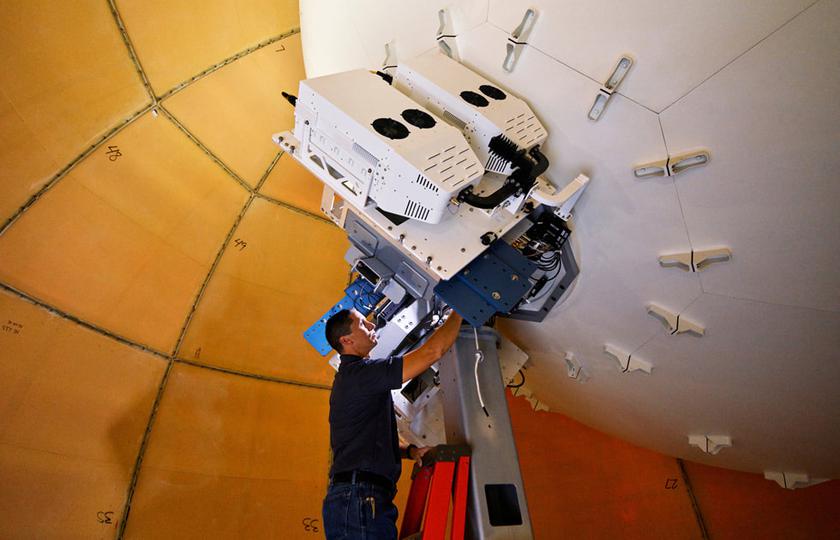
Apple and SpaceX Begin Major Battle for Future Satellite Communications
Two technology titans – Apple and SpaceX – have entered into an open confrontation for control over the mobile satellite communications market. The conflict has erupted over the use of frequency spectrum and rights to provide satellite communication services for smartphones in areas without coverage.
Large-scale Battle for Space Frequencies
A major confrontation is unfolding in the tech world between two giants – Apple and SpaceX – for dominance in mobile satellite communications. According to the Wall Street Journal, both companies are actively investing in technology development to overcome cellular ‘dead zones’.
Apple has made a significant move by investing over a billion dollars in a partnership with Globalstar. This collaboration aims to provide emergency satellite communications for iPhone users, allowing them to send text messages and call emergency services in areas without standard coverage.
On the other hand, SpaceX, in partnership with T-Mobile, has deployed an extensive Starlink satellite network, launching over 550 satellites to provide internet connectivity in remote areas. Elon Musk’s company is actively promoting its services and seeks to expand Starlink’s capabilities for mobile communications.
The confrontation intensified after SpaceX and T-Mobile offered Apple to integrate Starlink service into the iPhone. Although the parties reached certain agreements regarding the service’s operation on new iPhone models, Apple maintained control over its software ecosystem.
A key moment in the conflict came when SpaceX appealed to the Federal Communications Commission to block Globalstar’s frequency applications. Musk’s company claims that the frequencies planned for use by Apple’s partner are being used inefficiently. This dispute demonstrates fierce competition for limited space resources and frequency spectrum.
The confrontation between these technology giants demonstrates the growing importance of satellite communications for the future of mobile communications. The outcome of this competition will determine how millions of users worldwide will access communications in areas without traditional coverage.

